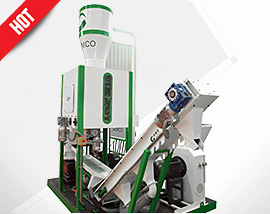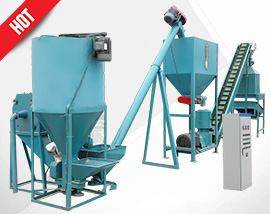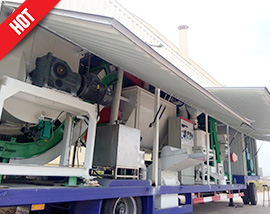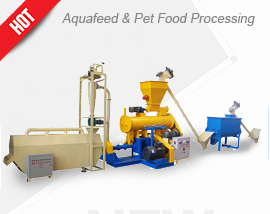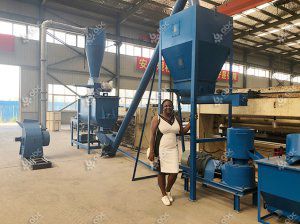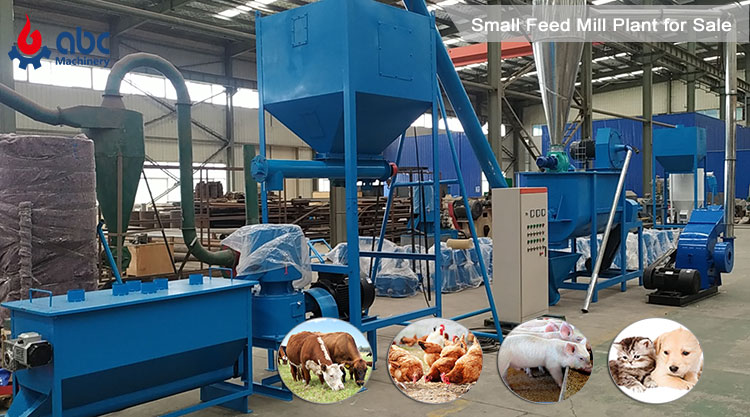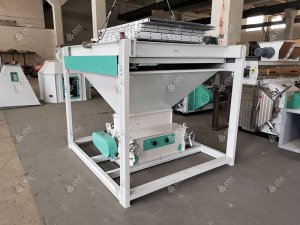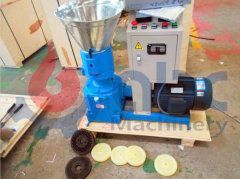1 ton/h Sheep & Cattle Feed Mill Plant
Project Name: Small Livestock Feed Mill Plant
Production Output: 1 ton/hour (1 ton cattle or sheep feed pellets can be produced)
Application: This feed plant is suitable for making livestock feed pellets. (Sheep, cattle, cow, goat, etc)
Larger Feed Mill for your reference: 5 ton/h Cattle Feed Plant Project
Sheep / Cattle Feed Mill Plant Photo View
This small feed mill plant adopted flat die feed pellet mill. It is ordered by one of our client in Kuwait. The photos listed below was took during feed machinery inspection before shipment. Feel free to tell us your business plan and cost budget, then we can offer you a customized business plan of feed processing line according to your needs.
Finished Small Feed Mill Plant
Feedstuff Mixing Machinery
Feed Pellets Making Section
Details of the Feed Mill and Cooler
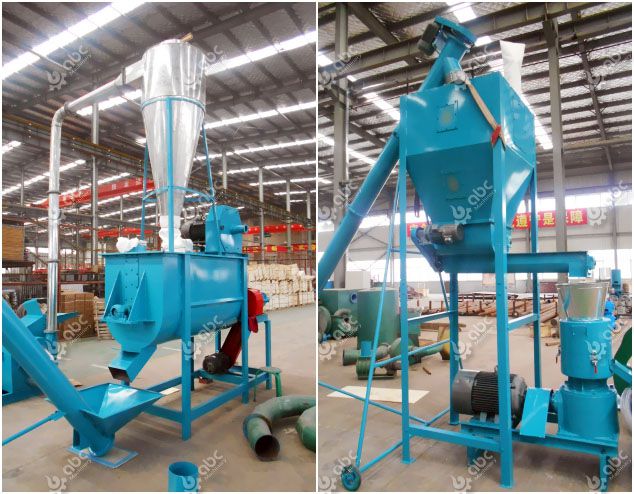
Feed Processing Equipment Details
Operating the small feed mill plant can be relatively easy, but it is critical to adhere to the information manual as well as safety instructions furnished along with the machine. Making cattle feed pellets require the raw material first be with suitable moisture coent, then converted into powdered form and fused to create a mixture.A separate grinder and mixer can be used to accomplish this, with the subsequent mixture served into the feed pellet mill for the molding process to commence.
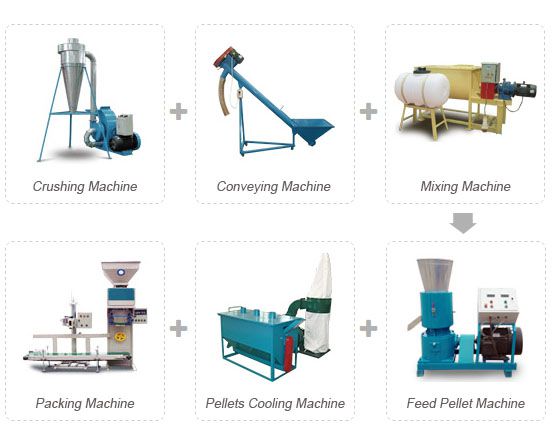
Main Equipment Included in the Small Unit for Making Animal Feed Pellets
The feed pellet mill exposes the powder to a variety of elements such as high temperature and pressure, resulting in the compression of the powder into pellets. The temperature plays a key role in gelatinizing the starch found in the feed. The processed mix is at that point passed through the holes of the pellet die, being cut into the desired length in this extrusion process. An adjustable knife is ideal for this function, with the pellets subsequently put through a cooling process. Once parched, the pellets can be fed to the cattle. (Similar Proiject: 2 tons per hour Cattle Feed Production Unit)
Digestion and Metabolism of ruminants
If you are fresh hand who are planning to invest in your first small scale feed mill plant, it is necessary to have a simple understanding of the digestion and metabolism of ruminant animals.
In sheep, cattle and other ruminants, the exposure of ingested food to the metabolic activities of ruminal bacteria, protozoa and fungi has profound implications for the digestion and metabolism of food. Plant carbohydrates, usually the major sources of energy in ruminant diets, are largely fermented to short-chain fatty acids (SCFA). These consist mainly of acetate, propionate and hutyrate and are readily absorbed from the rumen and metabolized in tissues to support maintenance and production.
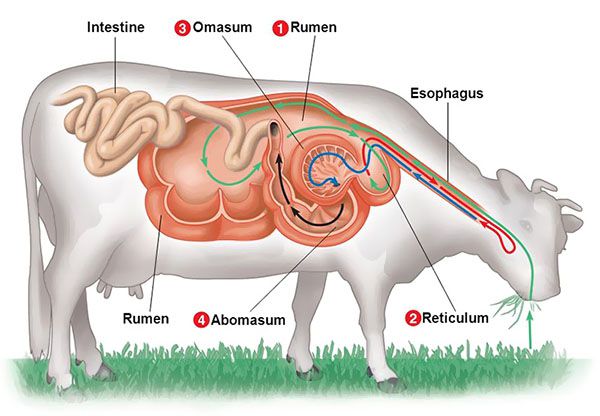
The degradation of B-linked glucose polymers (cellulose and hemicellulose) from plant cell walls is of obvious nutritional benefit, since these materials are not hydrolysed by the endogenous enzymes of the host animal. In contrast, the ready fermentation of starch and other or-linked glucose polymers, which are potential sources of glucose if they reach the small intestine (SI), implies that only small amounts of glucose are absorbed from the SI.
Complex dietary lipids are rapidly hydrolysed in the rumen by bacterial lipases, with the production of free fatty acids. These are largely unsaturated and undergo extensive biohydrogenation, which accounts for the relative hardness of rurninant carcass fat, and for the difficulty in changing the degree of unsaturation of the fatty acids of carcass fat and milk fat by dietary manipulation.
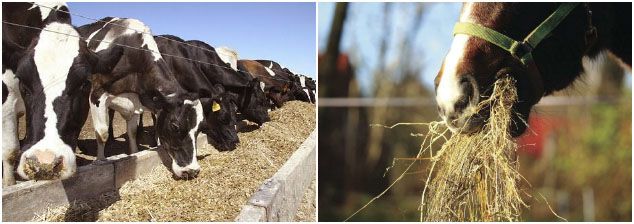
Grass / Hay Fodder
The fate of dietary protein in the lumen is a further striking example of the impact of rumen microorganisms on digestion and metabolism. Whereas in non-ruminants the quality of dietary protein largely depends on its amino acid(s) (AA) composition and digestibility, in ruminants dietary protein is substantially, but rarely completely, degraded by microbial activity, with the formation of ammonia. Part of this ammonia, together with peptides and free AA produced during its formation, are utilized by ruminal microorganisms for protein synthesis, the energy for cell growth being provided by the anaerobic fermentation of organic matter. The remainder of the ammonia produced in the rumen is absorbed, and a varying proportion retumed to the rumen as urea in saliva. This urea is rapidly broken down to ammonia to become available as a nitrogen source for autotrophic microorganisms. These processes mean that the AA reaching the SI are largely provided by undegraded food protein and microbial protein. The postruminal digestion of protein and, indeed, the utilization of absorbed AA in tissues are qualitatively similar in ruminants and non—ruminants.
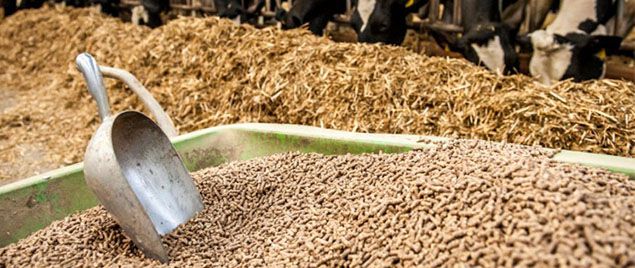
Feed Pellets for Ruminate Animal
The maintenance of a healthy rumen ecosystem is a prerequisite of ruminant nutrition, because the digestion of the cellulose/hemicellulose, the major sources of energy in forage-based ruminant diets, depends on the activities of the microflora. In this context, active microbial growth can only occur if adequate amounts of energy substrates, nitrogen sources and other minerals and growth factors are simultaneously present in the medium; this condition has been referred to as “ synchrony of nutrient supply“ . The greatest threat to the stability of the ecosystem is increased rumen acidity, since rumen pH has a major influence on the type and number of microflora. In particular, below pH 6.0 the growth of cellulolytic bacteria is inhibited, and rates of cellulose/hemicellulose digestion fall. In practice, major changes in diet should be gradually introduced over 7 to 10 days to allow the rumen rnicroflora to adapt to the new substrates.




